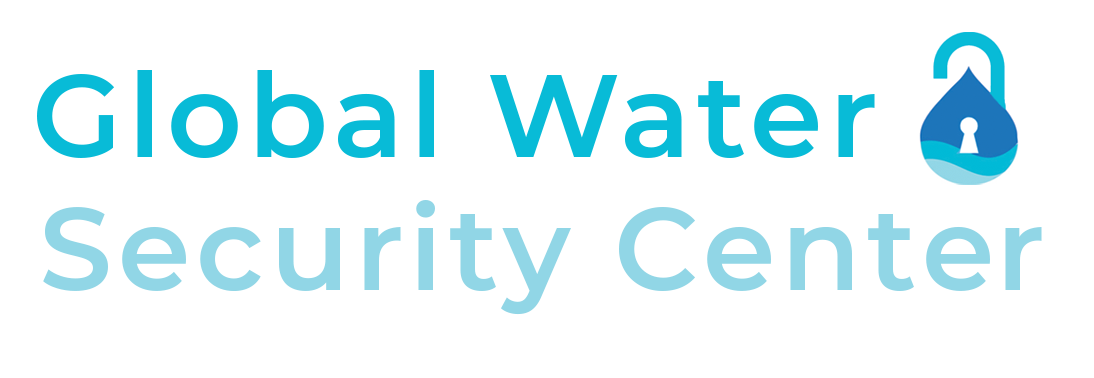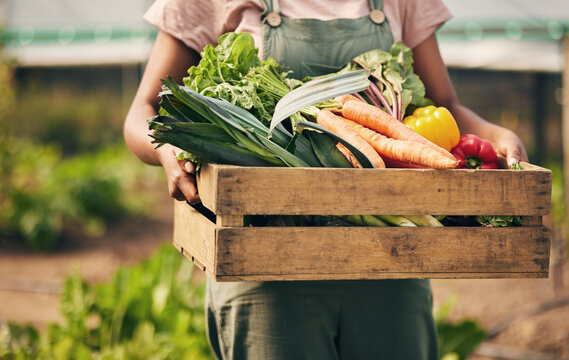This opinion article was written by GWSC Environmental Data Analyst Dr. Erin Menzies-Pluer.
Our stated mission at the Global Water Security Center is to “…translate water and environmental science to help key global decision makers improve security at the intersection of water, energy, food, and health.” The third item on that list, food, is how I ended up here as an Environmental Data Scientist.
It’s a bit of a roundabout story, but I’ve always been interested in water resources management and as a result, water security. But the intersection of water security and food security is really where my eyes light up.
Working toward a world where all people around the globe have access to enough nutritious, safe food to survive and then thrive while properly managing crucial natural resources like water is where my heart lies. It’s the work that keeps me coming back and helps me feel like I’m making a difference in the world. If you’d like to read more about my individual path you can find it here.
Where to Gather Information about Food Security Related to Water
GWSC understands that the challenges of food security and water security are inextricably linked, and both are crucial to understanding the challenges faced around the world. Whether we are developing a brief aimed at supporting global peace and security or looking at the ways changing temperature or rainfall patterns can be a threat multiplier in vulnerable regions, we know food security is an important piece of that puzzle. I am excited to be contributing to the blossoming food security analysis work being done at GWSC.
To assess the current or future food security situation for a Quicklook or an Environmental Insight Brief, we look to a number of sources to guide or inform our analyses or assessment. When digging for data related to vulnerabilities or strengths we turn to the Food and Agriculture Organization datasets or the USDA Foreign Agricultural Service World Agricultural Production Circular. When we want an up-to-date assessment of the current situation, we examine what the Famine Early Warning Systems Network is putting out for the region of interest, which leans heavily on the Integrated Food Security Phase Classification.
How GWSC Incorporates Food Security into its Products
Over the past year, a number of our products have included an analysis on the food security situation. Often this analysis makes it into the final product as a one or two bullets that frame another finding or piece of data. But you can think of each bullet in our final documents as data science icebergs; a whole lot of careful thought and rigorous analysis went into producing each and every one.
If you’re interested in having a look at how we incorporate food security concerns into our water and environmental security briefings check out Haiti and the Dominican Republic. As the Global Water Security Center grows in number and capacity, we look forward to continuing to grow the focus on food security and examining the intersection of food security and water resources management with a careful eye!

